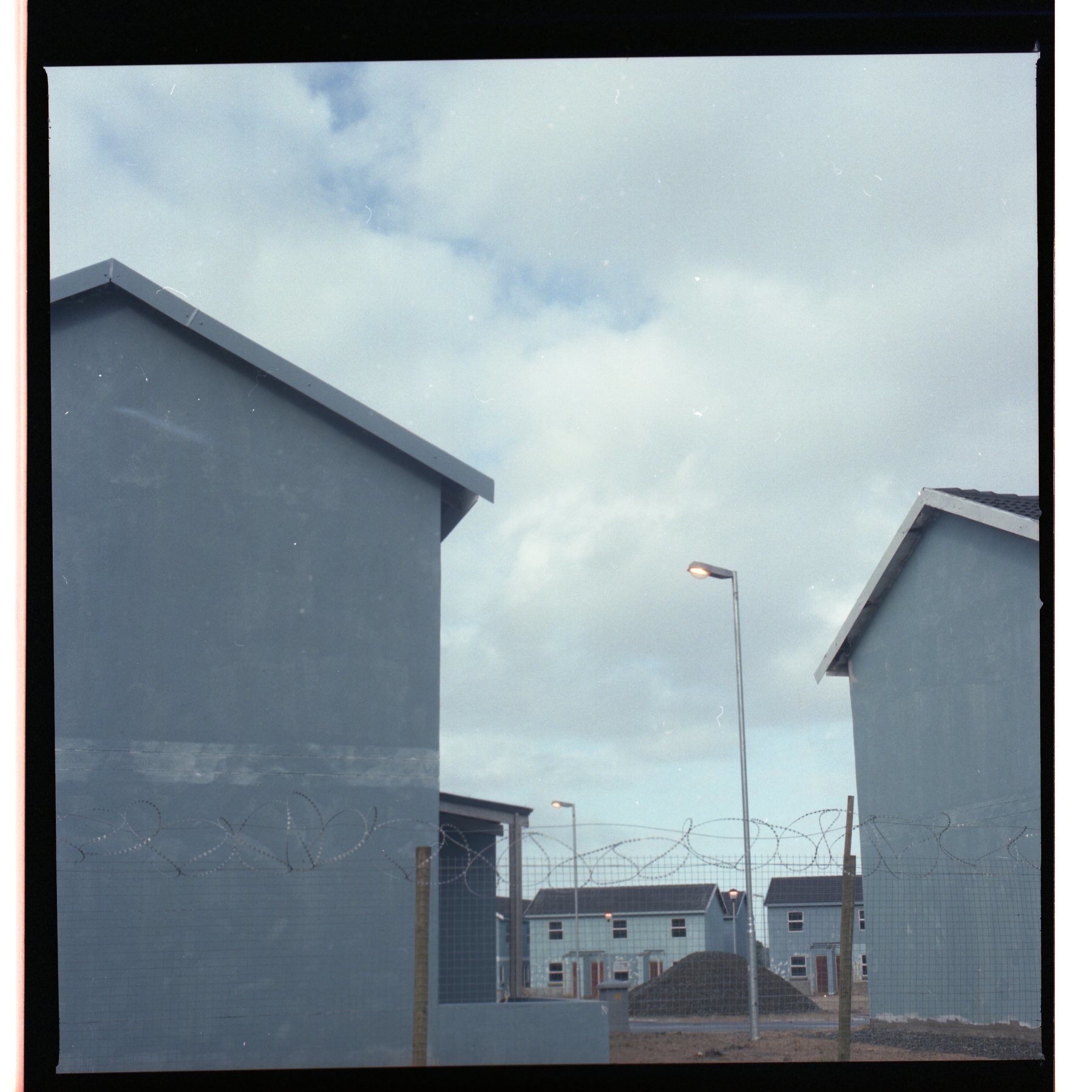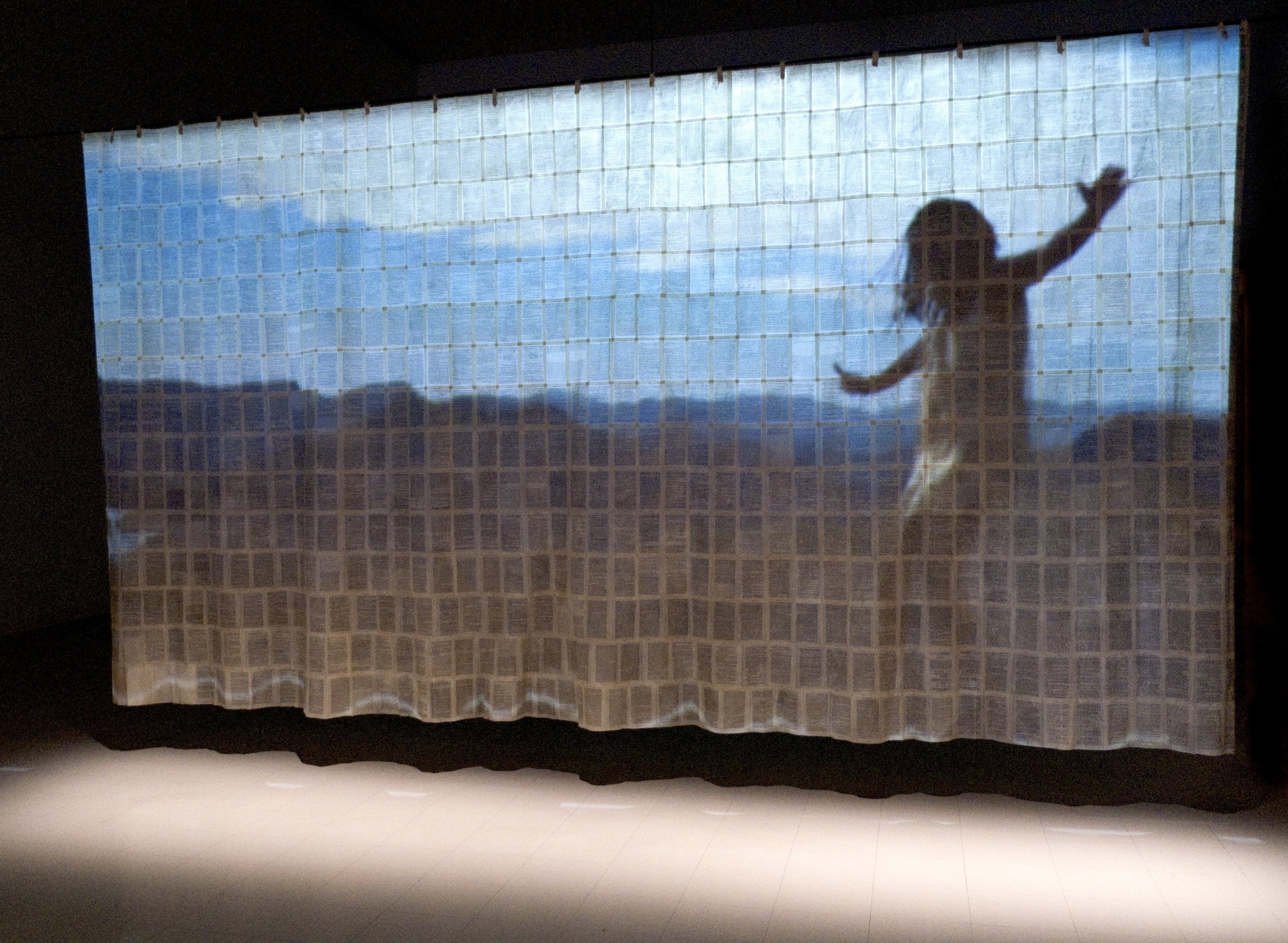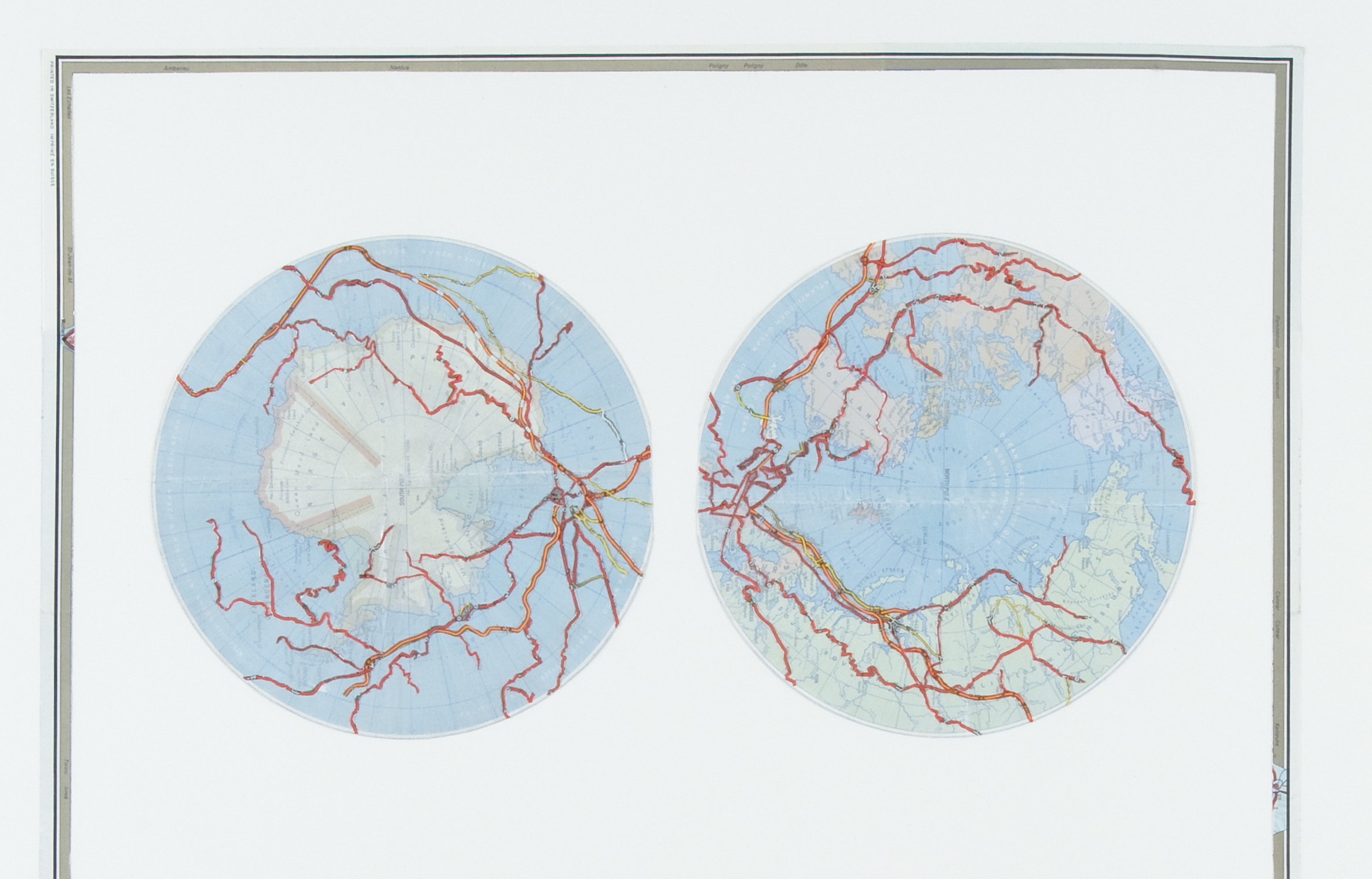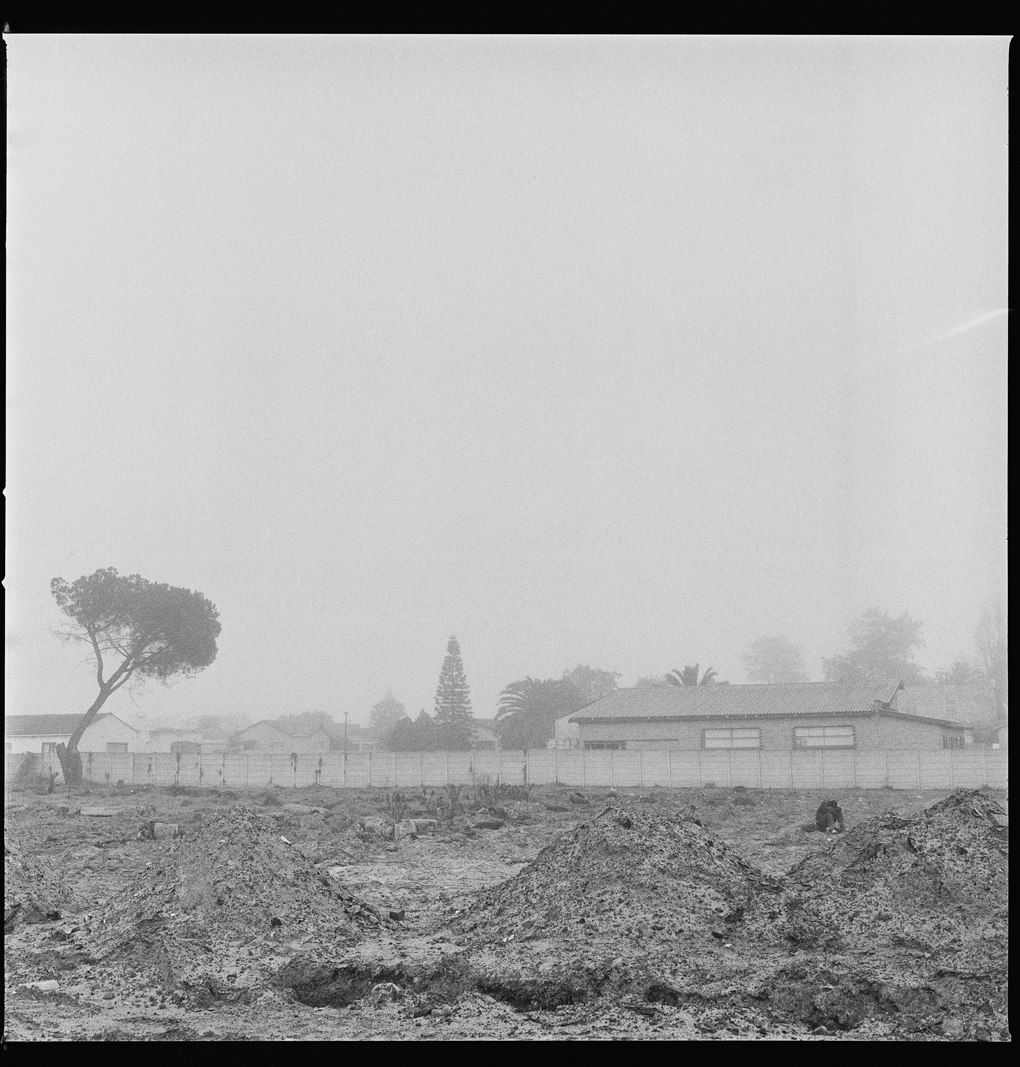





Re-tracing the Land
July 11 - August 15, 2014
Opening Reception: July 11, 6-9pm
Opening Reception: July 11, 6-9pm
The New York Art Residency and Studios (NARS) Foundation is delighted to announce the opening of Re-Tracing the Land, a group exhibition curated by Allison Young, winner of the 2014 NARS Emerging Curator Program Open Call.
Space has been shaped and molded from historical and natural elements, but this has been
a political process. Space is political and ideological. It is a product literally filled with ideologies.—Henri Lefebvre
Re-Tracing the Land features artworks that seek to reveal the interrelationships between landscape, historical memory, and social experience. By evoking the act of tracing – to conjure the Latin root of geography: ‘earth writing’ – artistic meaning may be found in the Derridian implications of presence and absence, the act of demarcation and tracing borders, or the specters of past histories and traces of memory that inhabit charged spaces. Each artist re-presents landscape using a range of media from photography and collage to video and sound.
The exhibition reflects on the impact of Edward Soja’s and Henri Lefebvre’s writings on social space, which introduced into the ‘hard’ science of geography the possibility that space can be culturally or politically produced. In so doing, their work gave voice to the “personal meaning and symbolic content of ‘mental maps’ and landscape imagery” that express our relationships to the environments in which we live and act, proposing that both are shaped by one another and are continually in flux.
Included artworks by Stephanie Dinkins, Aikaterini Gegisian, Soraya Marcano, Viviane Rombaldi Seppey, and Jared Thorne are each rooted in diverse geographic and discursive sites. Engaging formally with the aesthetic and conceptual possibilities of screens, overlays, borders, and transparency, each artist adds instability and nuance to notions of ownership and belonging, imbuing these concepts with personal significance and affect. Their works present landscapes that are both real and imagined, and allow the viewer to move between historic and contemporary narrative spaces. As Soja asserts, “life stories” and ideologies have their own spatial geographies. Re-Tracing the Land hopes to reveal the implications and poetics of these trajectories.
—Allison Young









